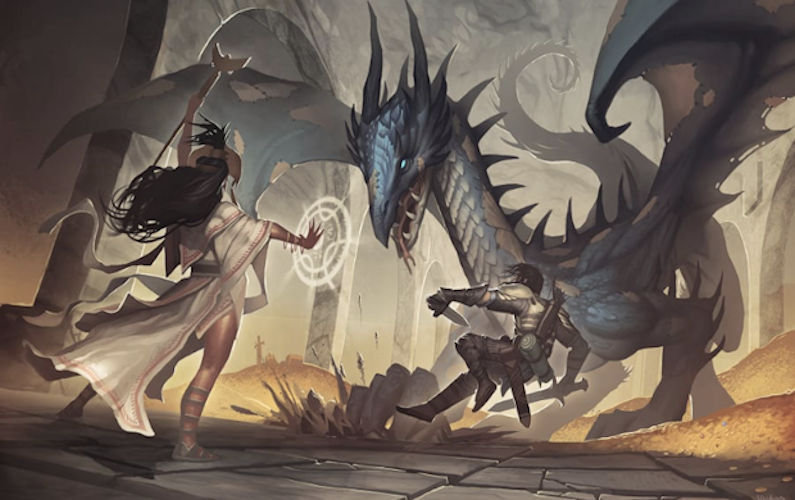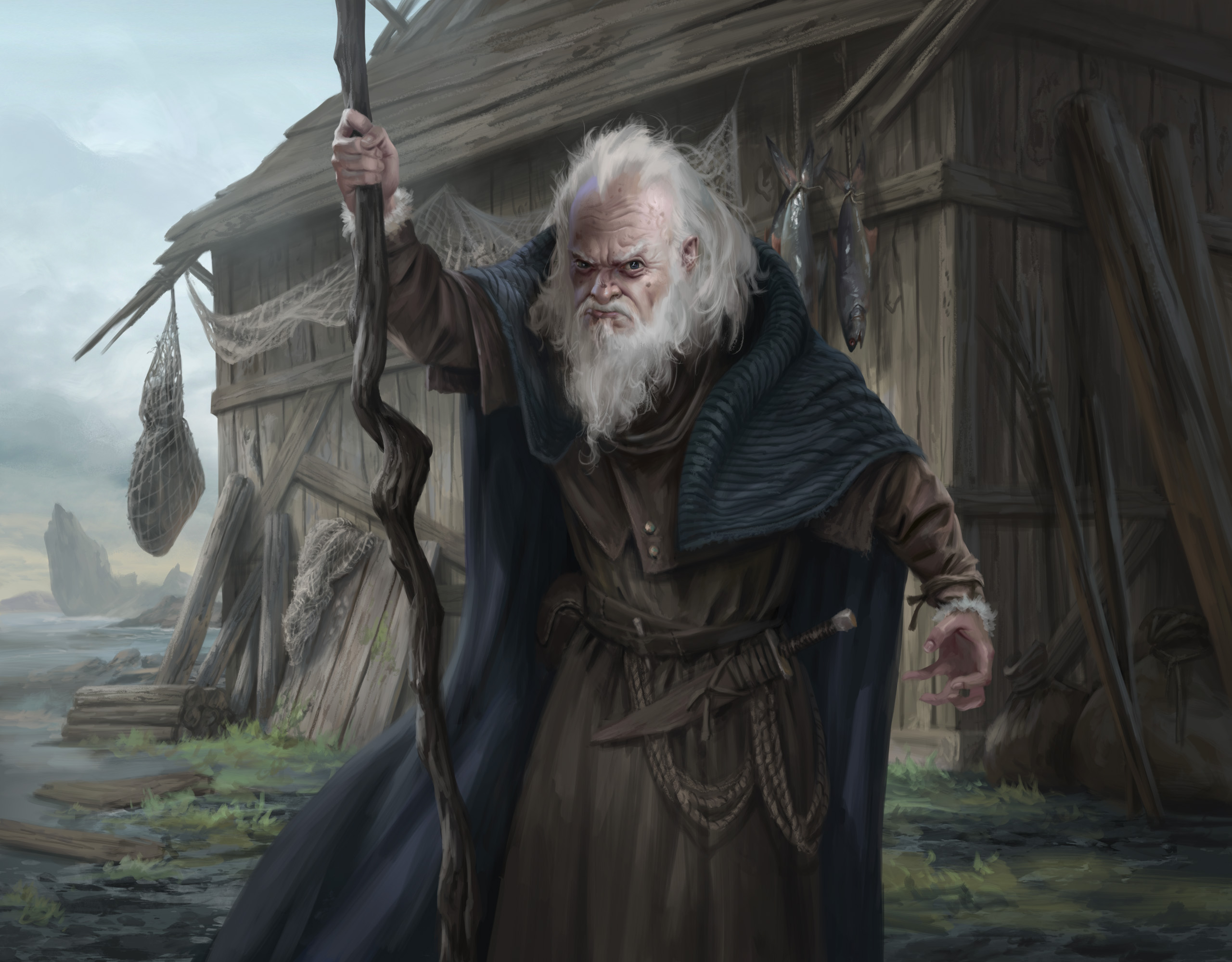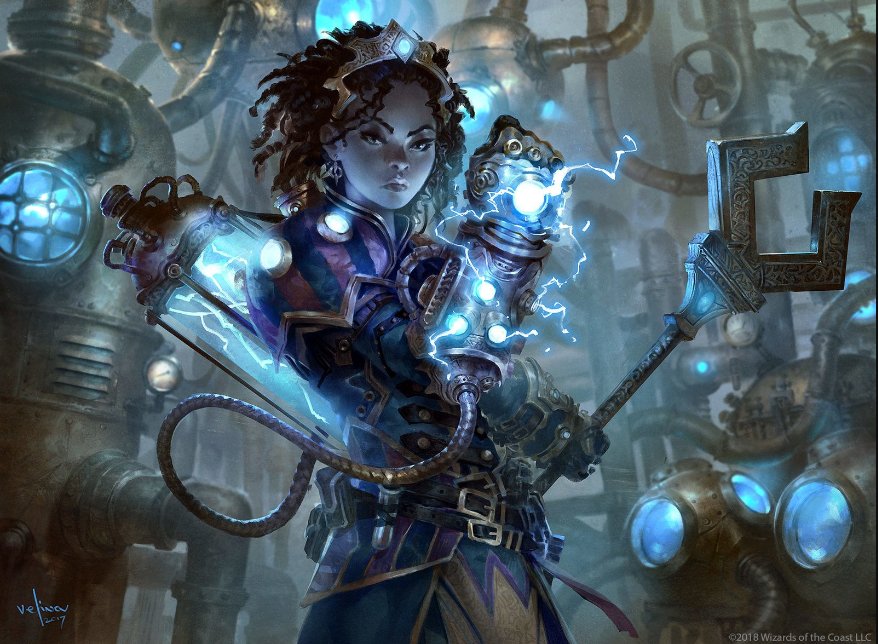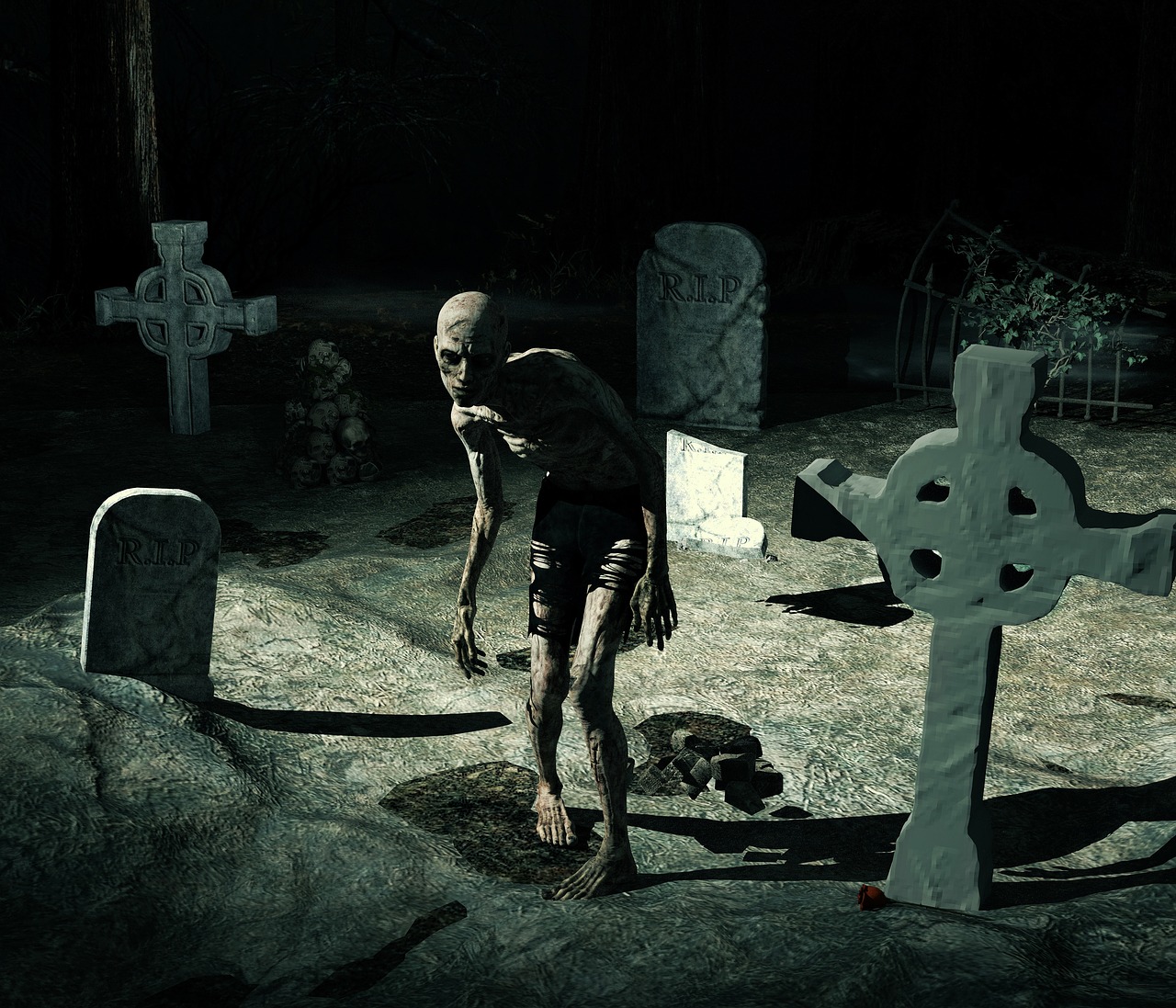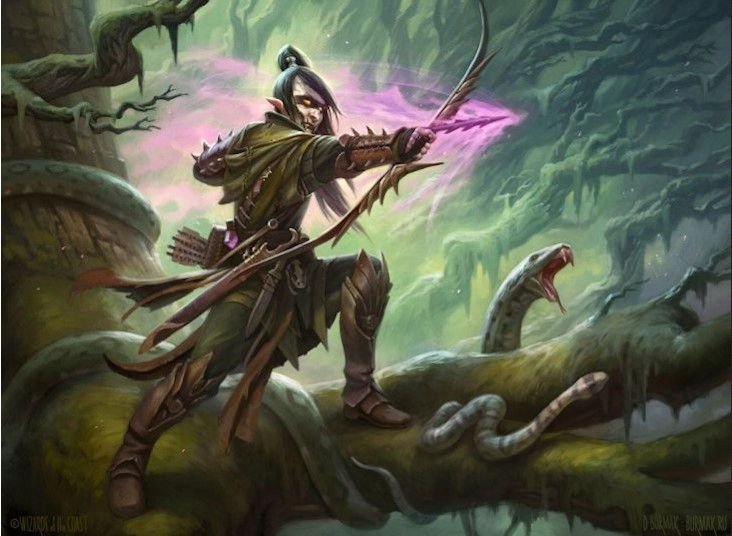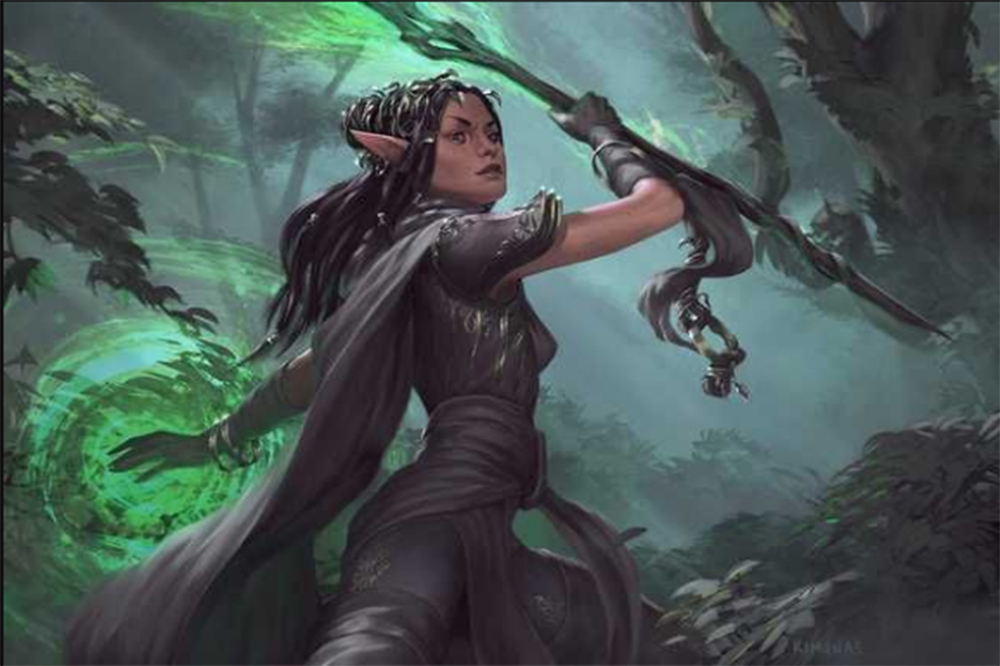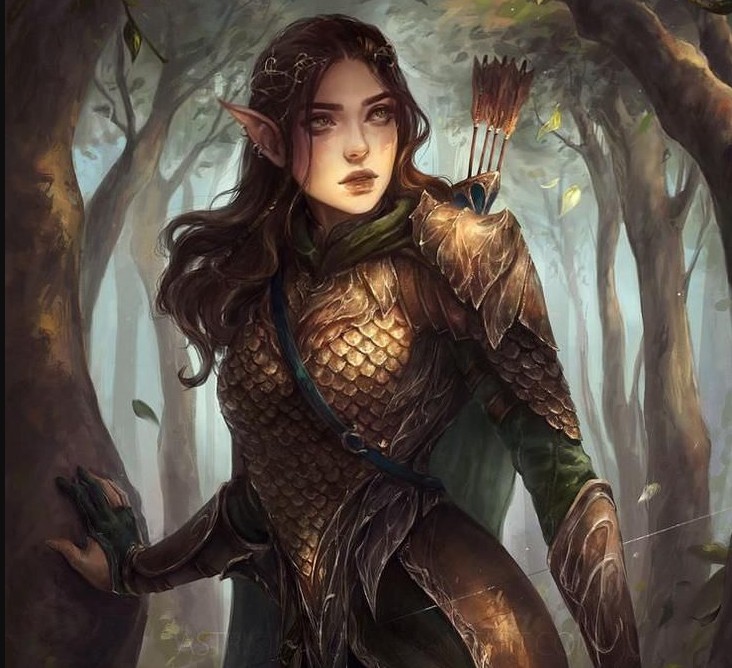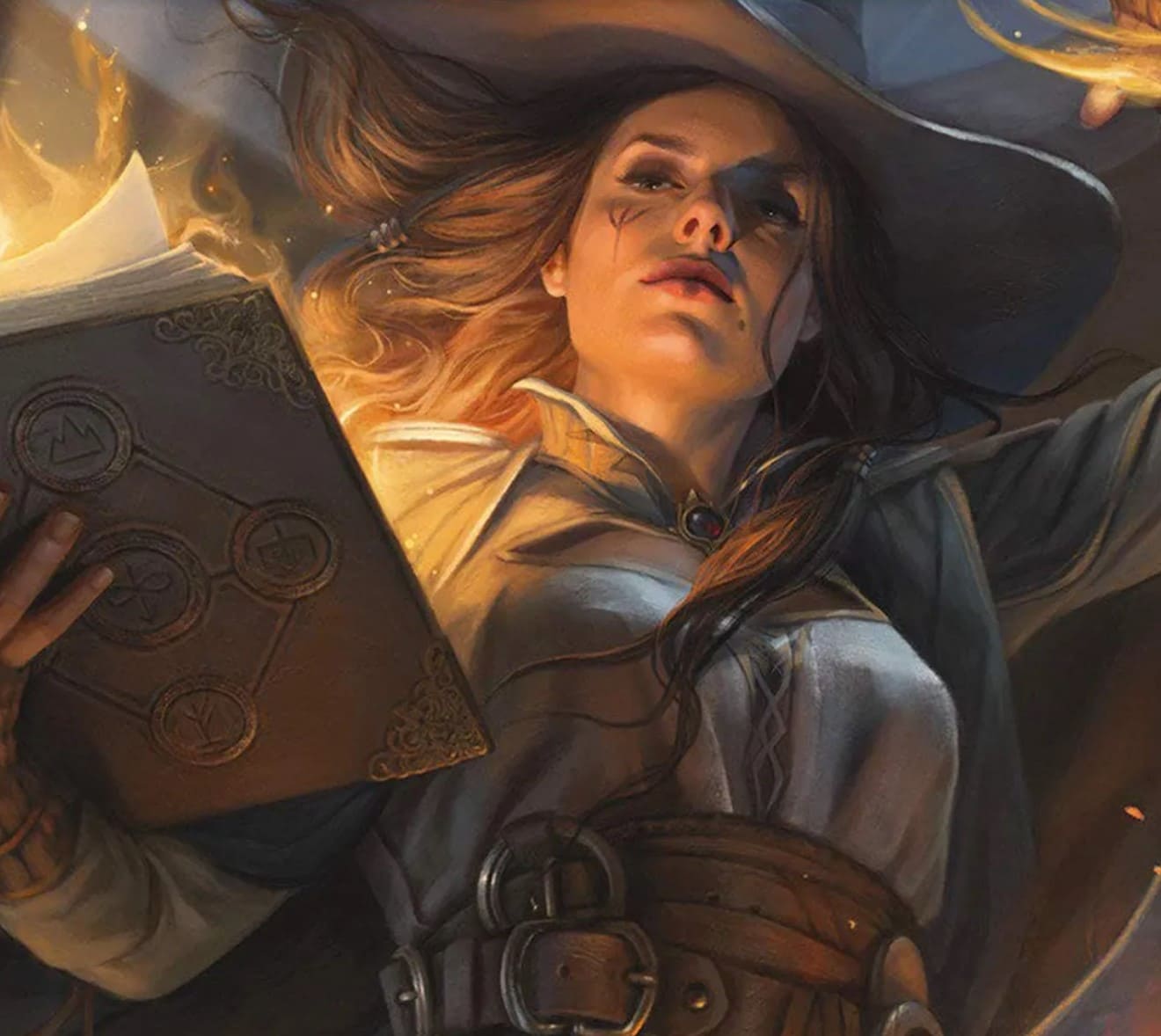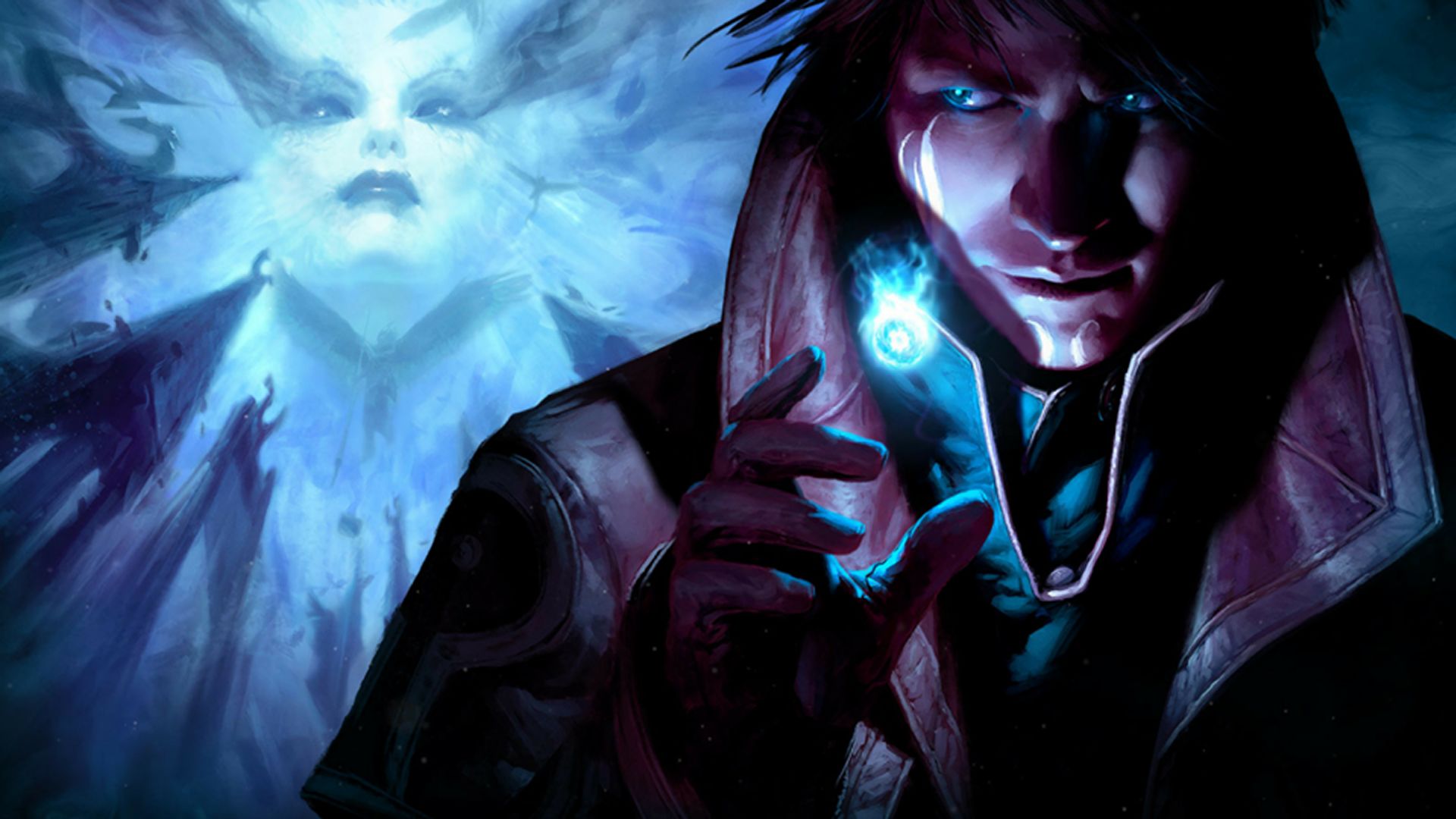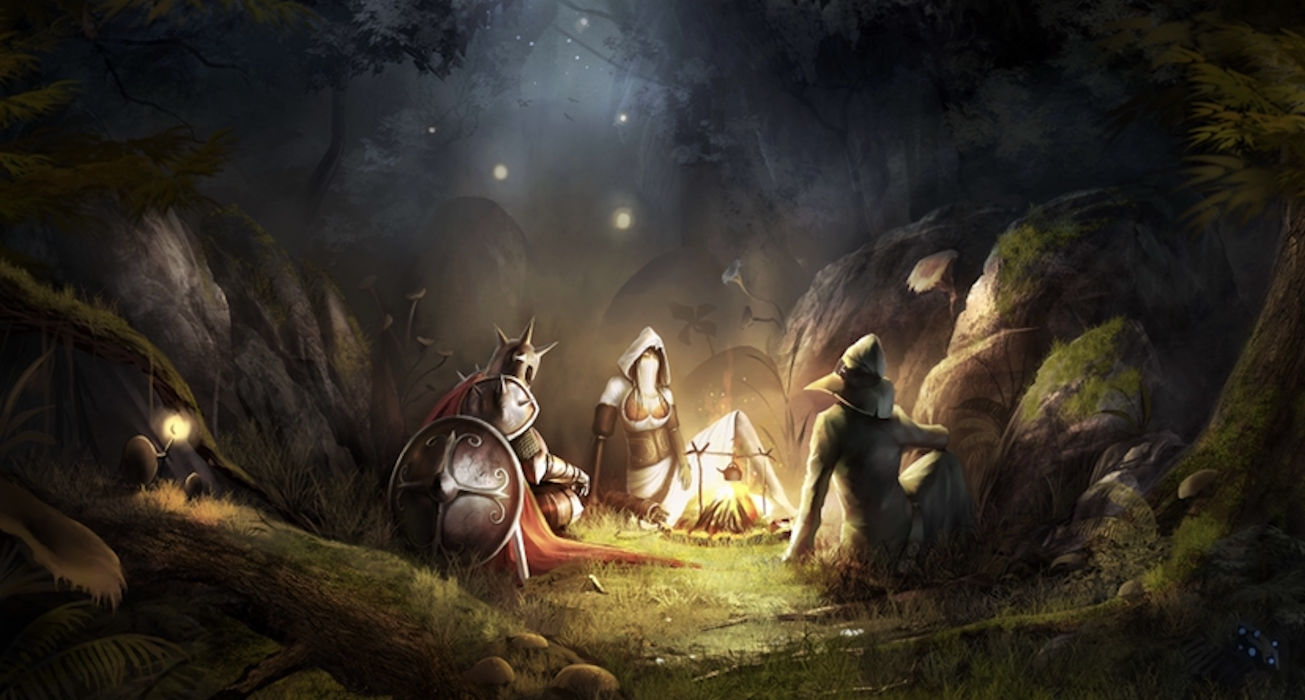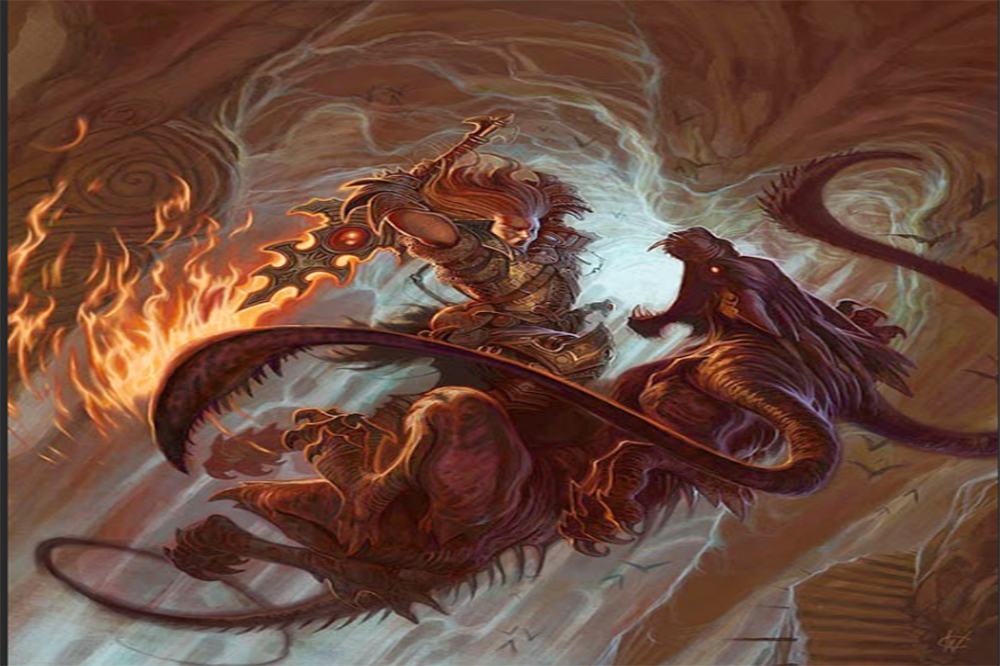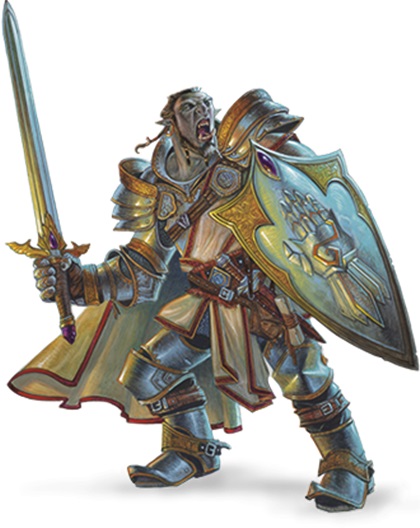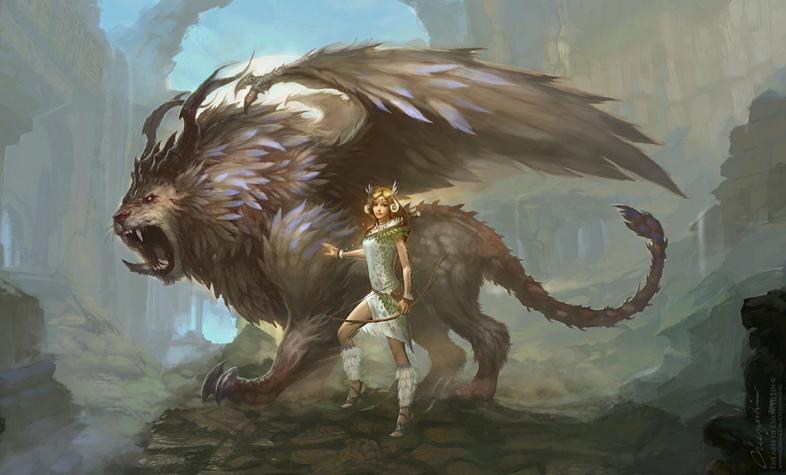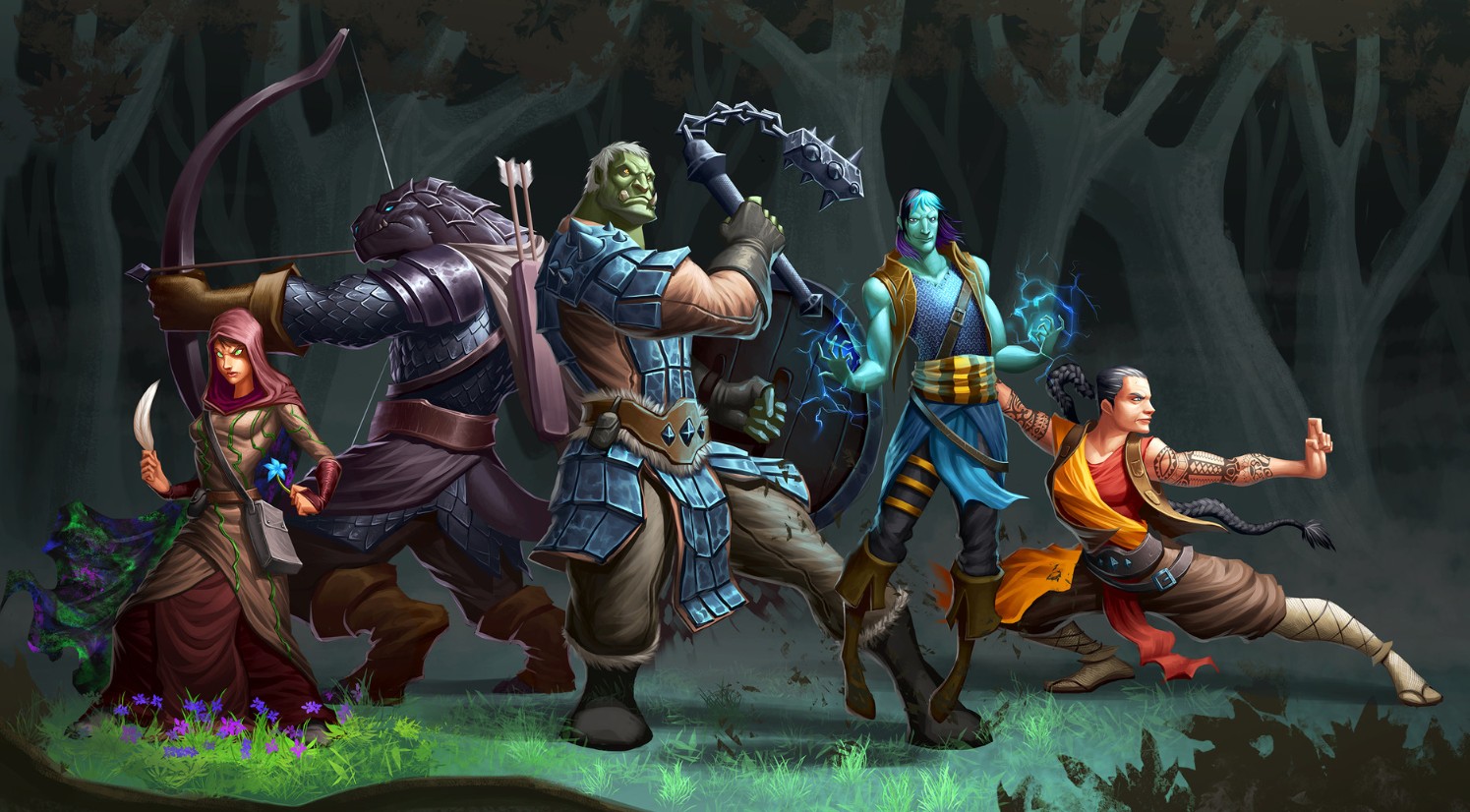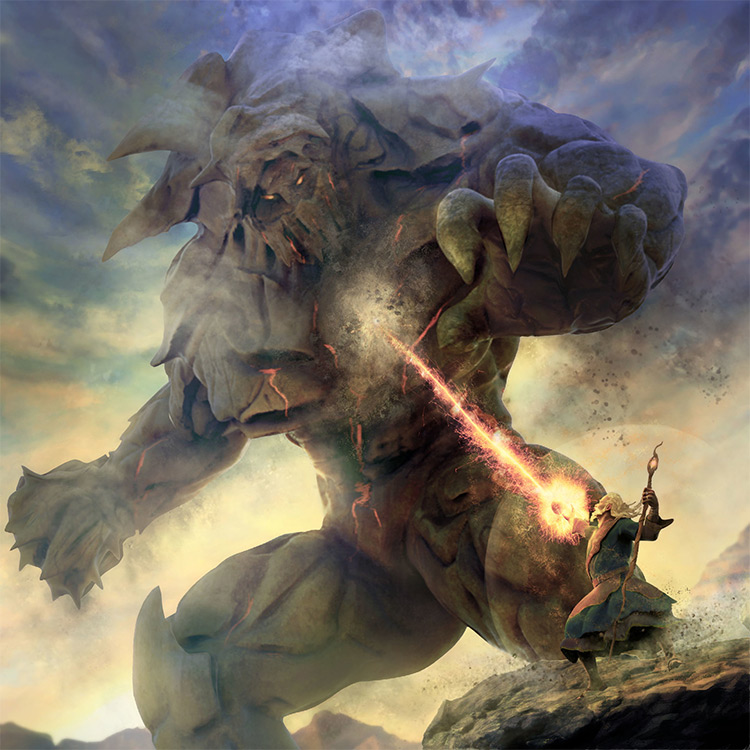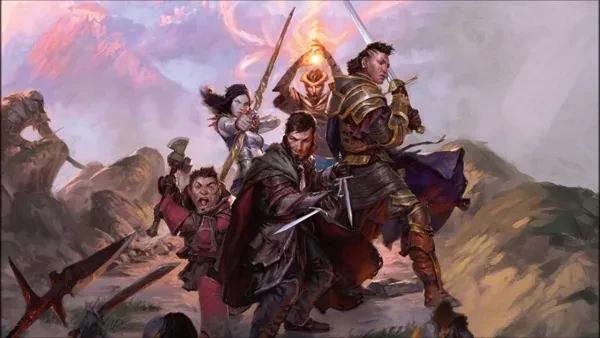
What are the most useful languages in D&D?
This is a question each player asks themselves every time they sit down to build a character.
Languages can be used to build bridges or burn them, to uncover secrets or burry them.
You could go as far as to say that language is the most important tool in a game like DnD, where your social interactions can mean life or death.
Common is without question the most widely used language in the game, so aside from the obvious choice, let’s take a look at the top 5 most useful languages.
5) Giant
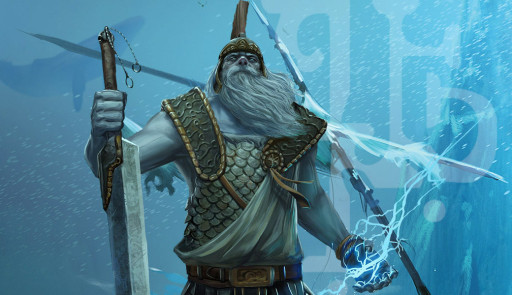
A storm giant prepares to throw lightning at an unfortunate foe.
They’re big, they’re strong and they’re often hostile. Here’s why you might want to speak Giant on your next adventure.
- For starters, giants are everywhere. Seriously, there’s a type of giant for nearly every terrain.
- Although a hill giant would sooner squash you, a storm giant might hear your case in a tight spot.
- Ogres also speak giant. They may not sit and discuss the weather with you, but the ability the eavesdrop on your enemy is always useful.
- If you’re like my wife and prefer mastering one character that you’ll play for years and take on every single adventure, then here’s one important reason to learn Giant. Storm King’s Thunder. Debatably the best 5e adventure to date, SKT is all about the giants, and the sequel, Tomb of Annihilation, has its own hefty dose of giants as well.
4) Undercommon
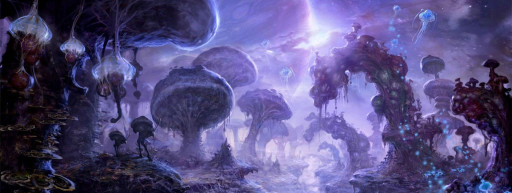
Entire forests of fungi await in the Underdark.
Also known as Deep Speech, Undercommon is the language of the Underdark. Originally created as a way for drow slaves to communicate, this is a tongue made of several others, including Dwarvin, Goblin, Drow and more. Now, Undercommon reins as the supreme means of communication beneath the surface of Faerun.
- Nearly every intelligent creature in the Underdark speaks Undercommon. If you find yourself lost in this vast, seemingly endless network of caves and caverns, you’ll want to be able to communicate with the locals.
- The Underdark is home to a plethora of creatures and races, and they don’t always stay down below. In large cities like Waterdeep and Baldur’s Gate where people from all corners mingle, it’s likely you’ll rub shoulders with an under-dweller. It’s never a bad idea to learn such a widely spoken language.
- Like Storm King’s Thunder, Out of the Abyss is also a great 5e adventure. Nearly the entire quest takes place in the Underdark, so having Undercommon is an obvious choice if this adventure is on your DnD bucket list.
3) Draconic

A party of adventurers face off against a red dragon.
Draconic is the language of the dragons. Although most dragons also speak Common, there are a few reasons why this language might help you out along your mission.
- If you get your hands on a pet wyrmling, as my wife’s Druid did once, knowing Draconic might help you befriend and train a dragon while it’s still a juvenile. Pet dragon. Need I say more?
- Dragons aren’t the only creatures to speak Draconic. Most reptilian races like lizardfolk and kobolds also speak Draconic.
- Some of the oldest, most powerful magical writing is done in Draconic, so if you’re planning to research and master ancient magic, then this language is a necessity.
- Most importantly, dragons are arrogant, egotistical creatures. Many of them would rather have a good, thought-compelling conversation than a fight, and a little flattery will get you a long way with these powerful beasts. In other words, often the best way to survive a dragon is to talk yourself out of the situation altogether, and speaking the creature’s own language should win you some brownie points.
2) Goblin

Nasty, no good goblins prepping an assualt deep in a cave system.
Like dragons, most goblins speak Common, but knowing the language of such a common enemy is always useful. Whether they’re terrorizing a village, pestering a mountain road or slaving away for giants, goblins are a recurring nuisance in DnD lore. They are among the oldest, most frequent creatures in the game.
- While slipping through a goblin hideout, being able to eavesdrop on conversations will score you some valuable information.
- Simply reading Goblin can be valuable. When searching corpses after a skirmish, you may find maps, letters and all sorts of useful information written in their language.
- Interrogations may go smoother if you speak your hostage’s native language. Good Cop Bad Cop is hardly effective with a second language.
- The main reason this language made my list is because I can’t tell you how many sessions I’ve DMed where a Rogue or a changeling disguised themselves as a goblin, then just before executing a perfectly planned infiltration, they realized they didn’t even speak the language. So please, please find out as much as possible about your adventure before choosing languages, especially if you’re planning to go all 007 and sneak around disguised as the enemy.
1) Thieves’ Cant
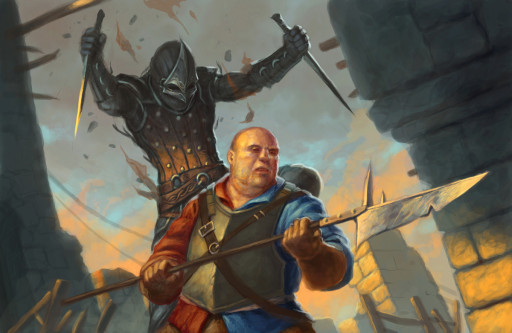
An unsuspecting guard is about to learn the meaning of a natural 20.
Okay, I know what you’re thinking. Thieves’ Cant isn’t a real language. Well, it absolutely is a real language. And just because it’s exclusive to Rogues doesn’t mean it’s any less useful, but quite the opposite actually.
- Continuing my point above, because it’s exclusive to Rogues, Thieves’ Cant is incredibly “potent,” and highly efficient when used to communicate hidden messages.
- This language is so cryptic that it isn’t even recognized as a language to those who don’t know it. You can communicate with confidence, sure that no one is eavesdropping.
- Because it is neither a spoken or written language, the Comprehend Languages spell has no effect on Thieves’ Cant.
- There’s some debate as to whether or not Thieves’ Cant can be taught to non-Rogue characters. In my professional DM opinion, I don’t see why it can’t be taught with enough time and effort just like any other language.
- Story time. I was running a session where the party got themselves into a Mexican standoff while supping with a tribe of Yakfolk. It was the sort of standoff where everyone knows there’s about to be trouble but no one is breaking their friendly facade. Two Rogues in the party were able to strategize and get the jump on the enemy by using Thieves’ Cant. Not only were the Yakfolk not able to understand the conversation, they weren’t even aware that a conversation was taking place.
You may also be interested in:


